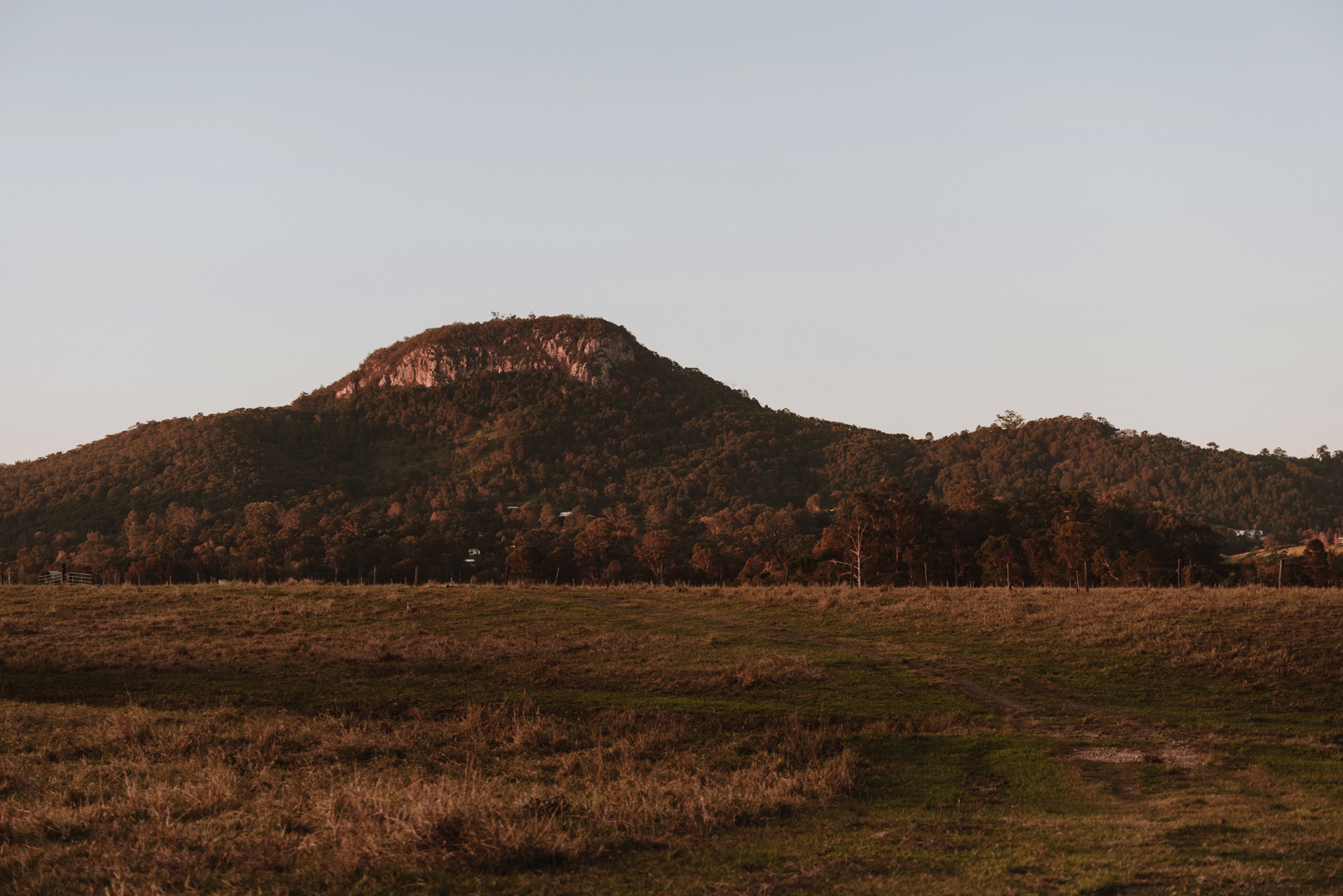
History of Yandina

The First People of Yandina
The original inhabitants of the Yandina area belonged to the Gubbi Gubbi language group which consisted of a number of tribes including the Nalbo, Kabi, Dallambara and Undabi.
The landforms of the district are featured in an Aboriginal Myth – the dream time story of the love affair between Maroochy and Coolum.
Many years ago, in the dreamtime, a beautiful Aboriginal girl named Maroochy was loved by another of her tribe, Coolum, a young warrior whose union to Maroochy had the approval of the Elders. One day a mighty warrior named Ninderry, who belonged to a fierce and warlike tribe, stole Maroochy while Coolum was out hunting.
Many years ago, in the dreamtime, a beautiful Aboriginal girl named Maroochy was loved by another of her tribe, Coolum, a young warrior whose union to Maroochy had the approval of the Elders. One day a mighty warrior named Ninderry, who belonged to a fierce and warlike tribe, stole Maroochy while Coolum was out hunting.
When the sun rose the next morning, Ninderry woke to discover that Maroochy had escaped. Ninderry flew into a mighty rage, incensed all the more when he found tracks that Coolum had left as he aided Maroochy’s escape. Ninderry immediately set out after the fleeing young lovers, Coolum and Maroochy. When Ninderry caught sight of them he threw a huge nulla (club) at Coolum. The nulla knocked off Coolum’s head which rolled into the sea and became Mudjimba island. Coolum’s headless body turned into stone and became Mount Coolum.
Beeral, the spirit God, had been watching these events from his crystal throne in the sky and was deeply incensed by Ninderry’s foul deed, and struck down and turned him into stone and he became Mount Ninderry. After all, Coolum and Maroochy’s union had the sanction of their Elders and would have been respected.
Filled with sorrow at the loss of her beloved Coolum, Maroochy fled to the Blackall ranges where she wept so much that her tears flowed down the mountain range and became the Maroochy river. Eventually Maroochy decided she wanted to find Coolum’s spirit that had gone out of his body, and so that she could search for it, she changed herself into a swan. She still goes up and down the river and flies to swamps and lakes in her search, and so do her children and their children.
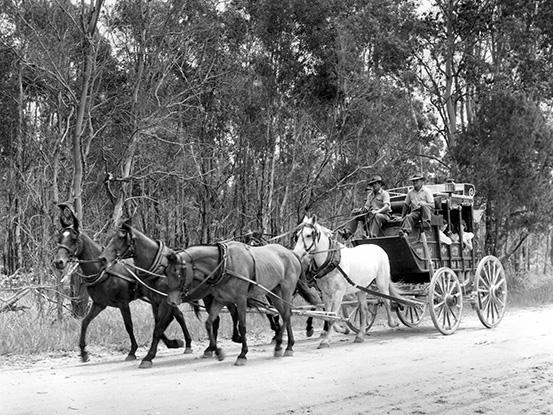
Early Settlement
The first Europeans to occupy the Yandina district were the Skyring brothers who, in 1853, were granted leases for three cattle runs extending northward from the Maroochy and South Maroochy Rivers.
Timber getters were the next arrivals in the late 1860s. Cedar was the first timber taken, but the timbers that sustained the industry until the early part of the 20th century were beech and pine. Logs were rafted down the river to Maroochydore, dragged by bullocks to Mooloolaba and shipped to Brisbane. From 1891-1898, Pettigrew operated a sawmill at Maroochydore. After 1898, timber was sent by rail to various sawmills. Timber remained an important industry until the late 1920s.
Most of the early settlers were timber getters. James Low operated the timber rafting ground from opposite Dunethin Rock when gold was discovered at Gympie in 1867. He led a party which cleared a dray road from his depot to the goldfields. This road resulted in the first Post Office between Brisbane and Gympie being established at Low’s depot in 1868, with Low as Postmaster. In 1868, legislation was passed allowing land selection in settled districts, and Low secured the first selection in Yandina. This was also the first selection in Maroochy Shire.
The Brisbane-Gympie Road was completed in 1868, and Cobb & Co. coaches were soon travelling its length. By then, Low had built a store and stables and accommodation for travellers on his selection, and transferred the post office to this depot. In 1869, he was granted a publican’s licence and the depot became the Maroochie Hotel – the first commercial centre in the Maroochy Shire.
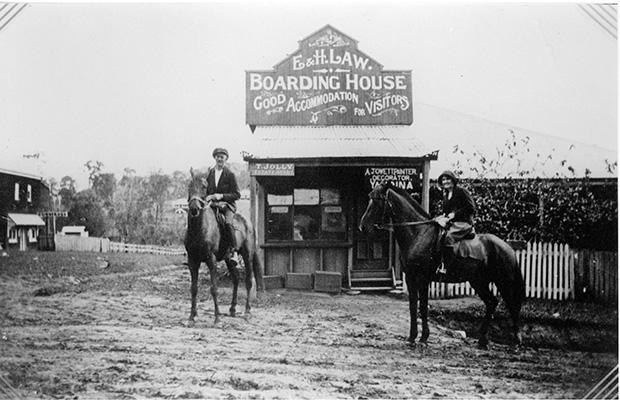
Commercial Beginnings
James Low is credited with being the first business person of Yandina. He operated a combined hotel, store, post office and butcher’s shop until his death in 1883. His widow Christina Low continued the store and post office until 1891, but the liquor licence was allowed to lapse in 1883.
Yandina was without a hotel for about five years until J. G. Sommer built the Australian Hotel on the corner of Fleming Street and the Gympie Road in 1888 or 1889. It continued until 1891 when the hotel was shifted to its present site over several days, using rollers and bullock teams. The hotel continued to trade during the journey.
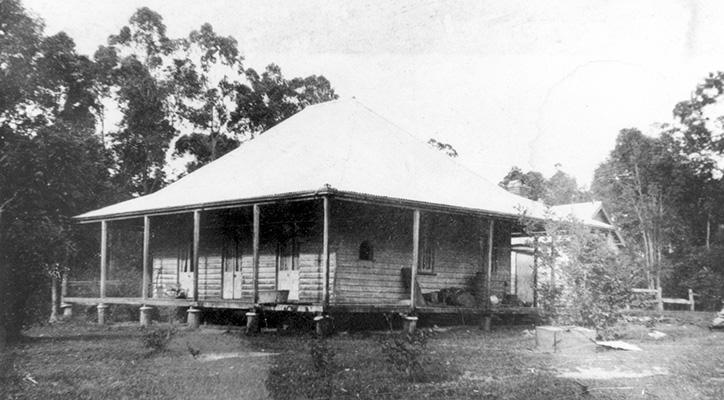
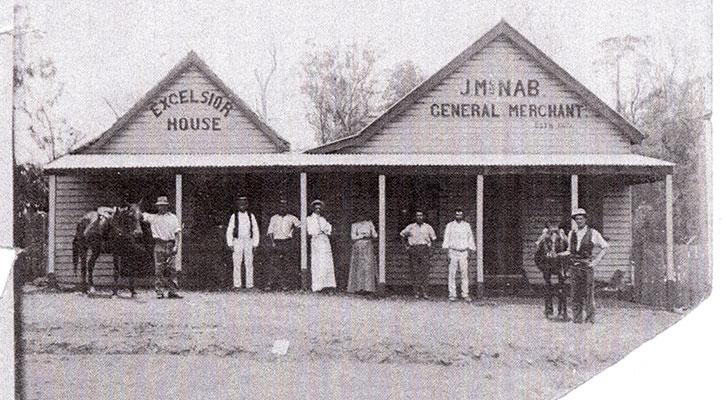
Church History in Yandina
The first church in Yandina was the Union Church or Community Church, often referred to as the Maroochie Church. It was established to serve as a community hub and to welcome and plant denominations in the sparsely populated local area. The Maroochie Church was officially opened in November 1880 on the Prince of Wales birthday; and the event was reported in the newspaper on 1 January the following year.

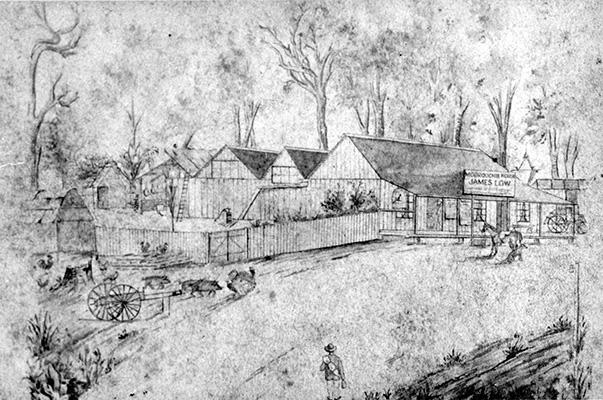
Did you know…????
Yandina was originally known as Native Dog Flat.
In early 1870 the Queensland Surveyor-General instructed another surveyor named William Fryer to explore and report on sites suitable for a town settlement.
On 11 August Fryer recommended a block of 100 acres that another settler named Henry Blakesley had previously selected but then forfeited. That land was known as Native Dog Flat.
Yandina Heritage Trail
Yandina may have first been known as “Native Dog Flat” but since then it has had many titles – river town, highway town, railway town and timber town. It is in fact the oldest town in the Maroochy Shire.
Walk the Yandina heritage train and catch a glimpse of the past and how our pioneers lived.
Follow the trail of beer, tornadoes, and hard times in “Native Dog Flat”!
Pick up a Yandina Heritage Trail brochure or follow the trail below then take a walk through Yandina’s history.
Follow the 26 numbered sites and enjoy the interesting comments.





